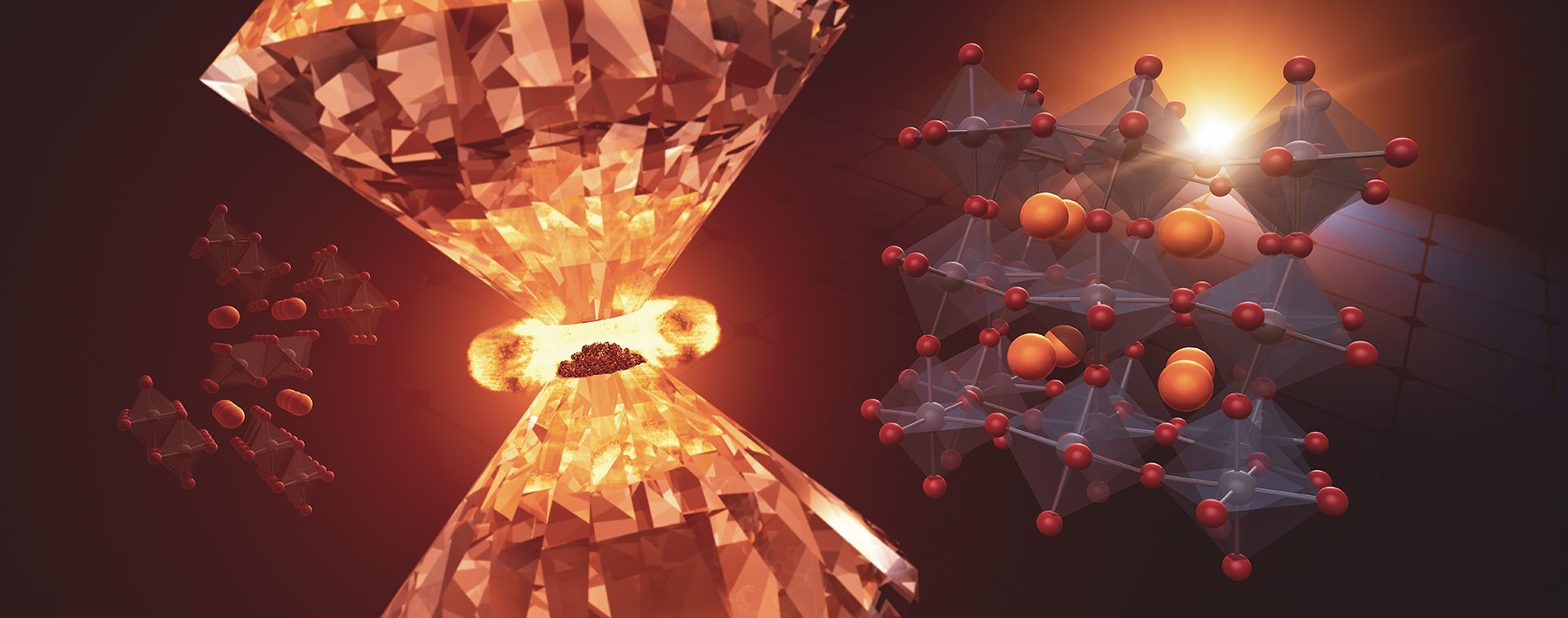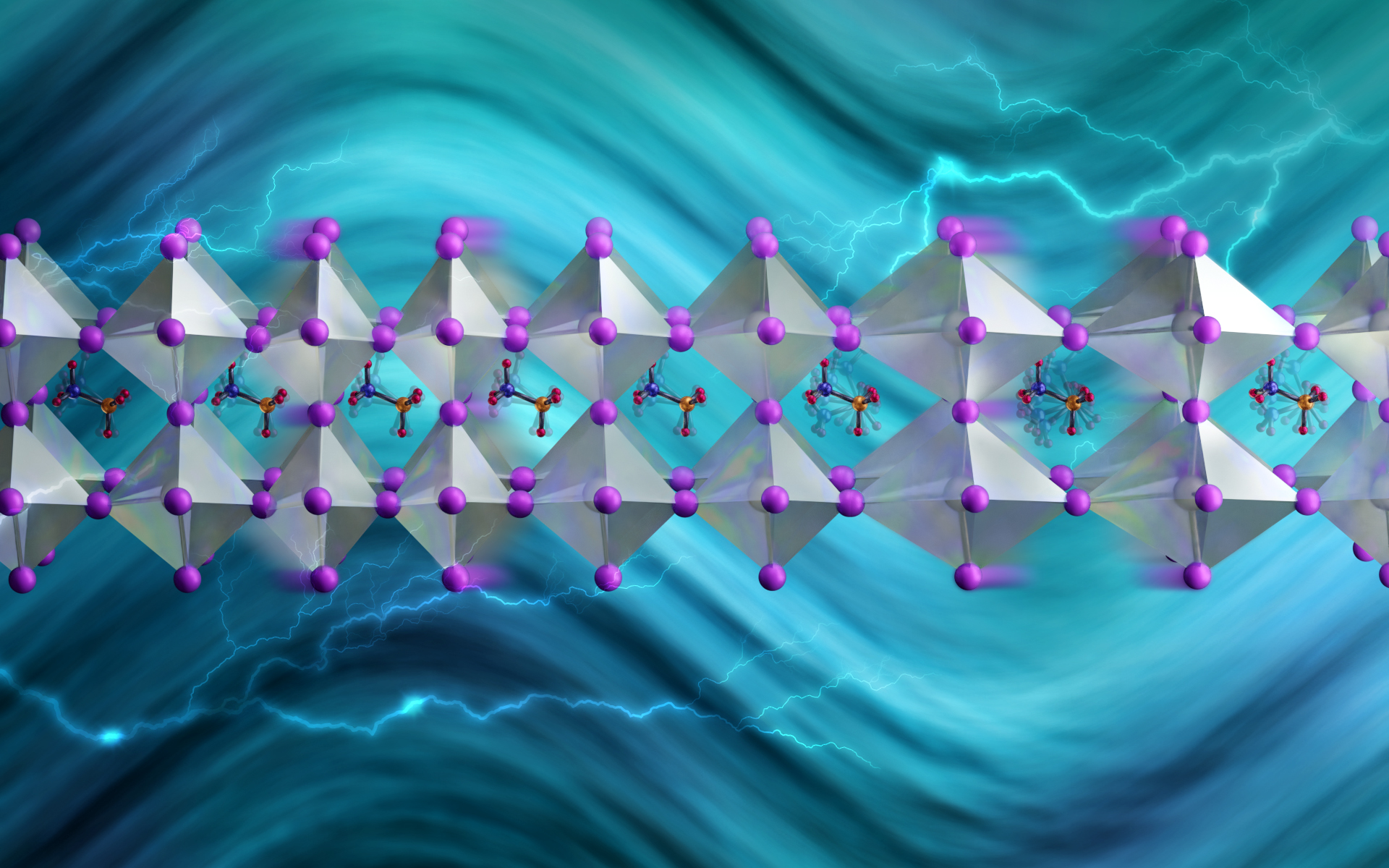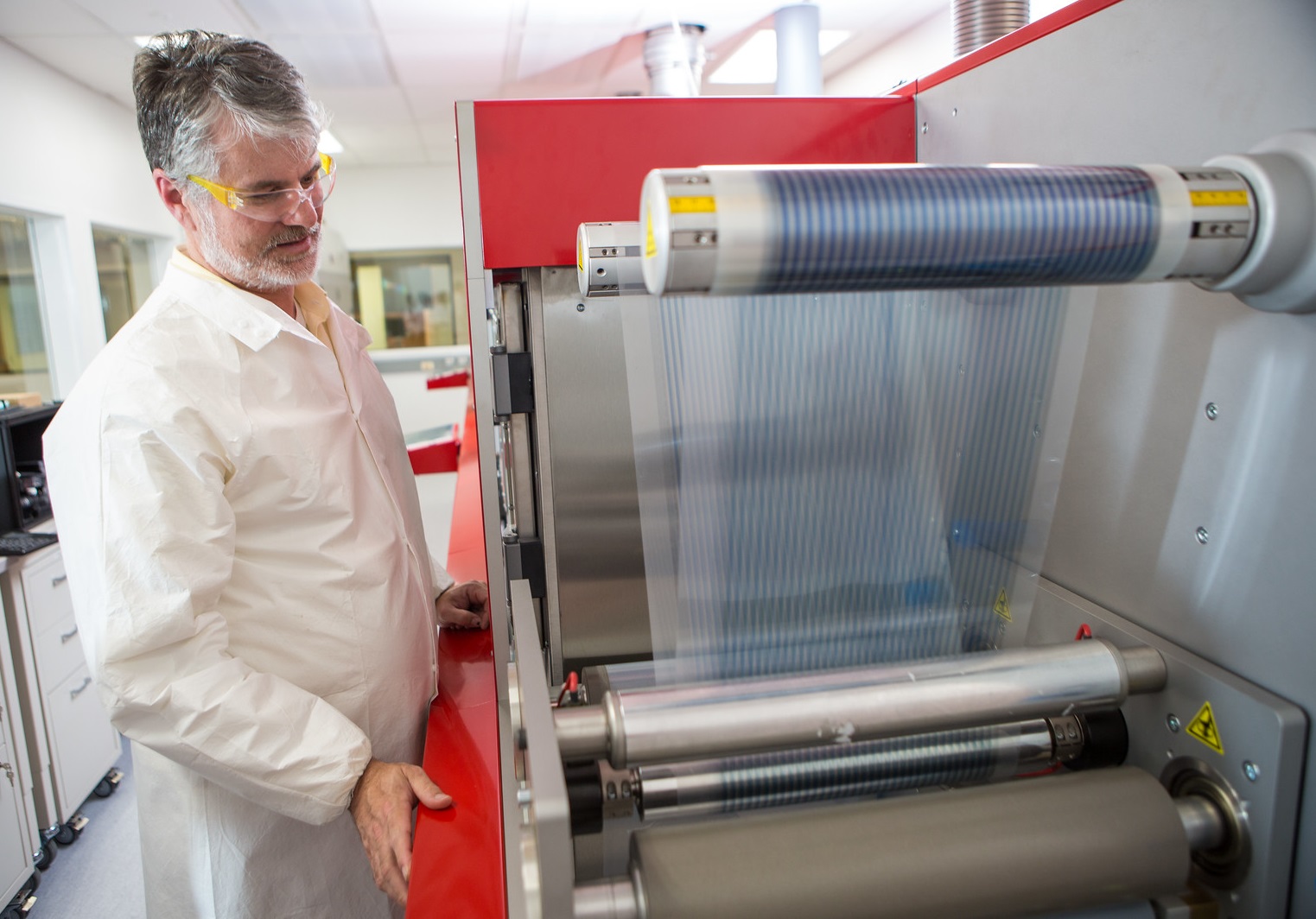The introduction of micropatterns is an effective strategy in enhancing the sensitivity of capacitive pressure sensors. Towards this goal, scientist in China developed a novel approach for fabricating random conical array (RCA) microstructures based on laser speckle grayscale lithography.
Tag: perovskites
Image sensor: Better cameras with perovskite
Capturing three times more light: Empa and ETH researchers are developing an image sensor made of perovskite that could deliver true-color photos even in poor lighting conditions. Unlike conventional image sensors, where the pixels for red, green and blue lie next to each other in a grid, perovskite pixels can be stacked thus greatly increasing the amount of light each individual pixel can capture.
Perovskite solar cells’ instability must be addressed for global adoption, say Surrey researchers
Mass adoption of perovskite solar cells will never be commercially viable unless the technology overcomes several key challenges, according to researchers from the University of Surrey.
Physicists solve durability issue in next-generation solar cells
Physicists in the U.S. jumped a major hurdle standing in the way of the commercialization of solar cells created with halide perovskites as a lower-cost, higher-efficiency replacement for silicon when generating electricity from the sun.
Simple semiconductor solutions could boost solar energy generation and enable better space probes
A ‘simple’ tweak to perovskite solar cells during the fabrication stage could help to unlock the untold potential of the renewable energy source, claims research from the University of Surrey.
Seeing Double for Better Solar Cells
Halide perovskite can make solar cells a thousand times thinner than today’s silicon solar cells. A new approach allows scientists to watch changes in the material’s structure and functional properties while the material solidifies into a thin film from solution. This gives new insight into how the material’s structure and functionality are related, aiding in future solar cell design.
Chula’s Own Solar Cell Project High-powered and Diverse Formats that Meet World Standards
Chula’s researchers have garnered themselves a world-class reward for their latest solar cell project which increases the capacity of electricity production and can be applied to numerous types of merchandise. These new solar cells are guaranteed to meet international standards and develop clean energy for society.
Secret to treating ‘Achilles’ heel’ of alternatives to silicon solar panels revealed
A team of researchers from the UK and Japan has found that the tiny defects which limit the efficiency of perovskites – cheaper alternative materials for solar cells – are also responsible for structural changes in the material that lead to degradation.
A simple way to get complex semiconductors to assemble themselves
A new way to make complex, layered semiconductors is like making rock candy: They assemble themselves from chemicals in water. The method will aid design and large-scale production of these materials.

Squeezing a rock-star material could make it stable enough for solar cells
A promising lead halide perovskite is great at converting sunlight to electricity, but it breaks down at room temperature. Now scientists have discovered how to stabilize it with pressure from a diamond anvil cell. The required pressure is well within the reach of today’s manufacturing processes.

First glimpse of polarons forming in a promising next-gen energy material
Polarons affect a material’s behavior, and may even be the reason that solar cells made with lead hybrid perovskites achieve extraordinarily high efficiencies in the lab. Now scientists have directly seen and measured their formation for the first time.

FSU researchers investigate material properties for longer-lasting, more efficient solar cells
Florida State University Assistant Professor of Chemistry and Biochemistry Lea Nienhaus and former FSU postdoctoral researcher Sarah Wieghold are helping to understand the fundamental processes in a material known as perovskites, work that could lead to more efficient solar cells that also do a better job of resisting degradation.

Blocking vibrations that remove heat could boost efficiency of next-gen solar cells
Led by the Department of Energy’s Oak Ridge National Laboratory and the University of Tennessee, Knoxville, a study of a solar-energy material with a bright future revealed a way to slow phonons, the waves that transport heat.

Georgia Tech Engineers Simulate Solar Cell Work Using Supercomputers
Because of silicon’s relatively high cost, hybrid organic-inorganic perovskites (HOIPs) have emerged as a lower-cost and highly efficient option for solar power, according to a recent study by Georgia Institute of Technology (Georgia Tech) researchers.

Solar researchers across country join forces with industry to boost U.S. solar manufacturing
The University of Washington, the National Renewable Energy Laboratory, the University of North Carolina at Chapel Hill and the University of Toledo have formed the U.S. Manufacturing of Advanced Perovskites Consortium to accelerate the domestic commercialization of perovskite technologies.